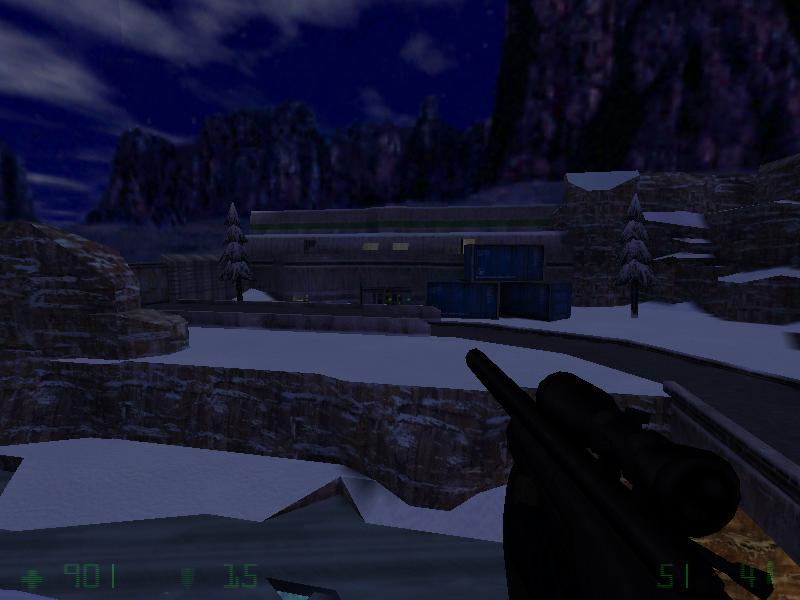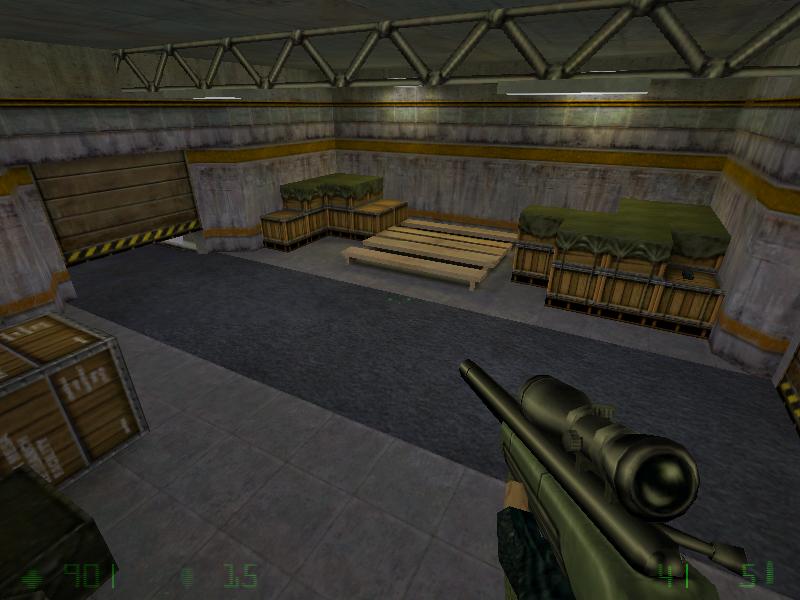Well think of it this way, if you tried to illuminate a room that big with one lightbulb it would be bright near the bulb and dark toward the corners of the room.
Rather than trying to light an empty room in a blank video game world, you could decide what the room is for, and design the lighting based on where light would be needed in a real-life equivalent.
For example: A laboratory will have lots of bright, even light; a warehouse will have large lights spaced out above stacks of of storage, maybe some handheld/clampable/hooked lamps plugged into extension cords; a residence will have ceiling fixtures, floor lamps, table lamps, etc.
additional light accents can come from things like exit signs, computer monitors, fires, windows or cracks, and should provide some contrast.
here's a great tutorial on lighting:
http://www.hourences.com/book/booklighting.htm




